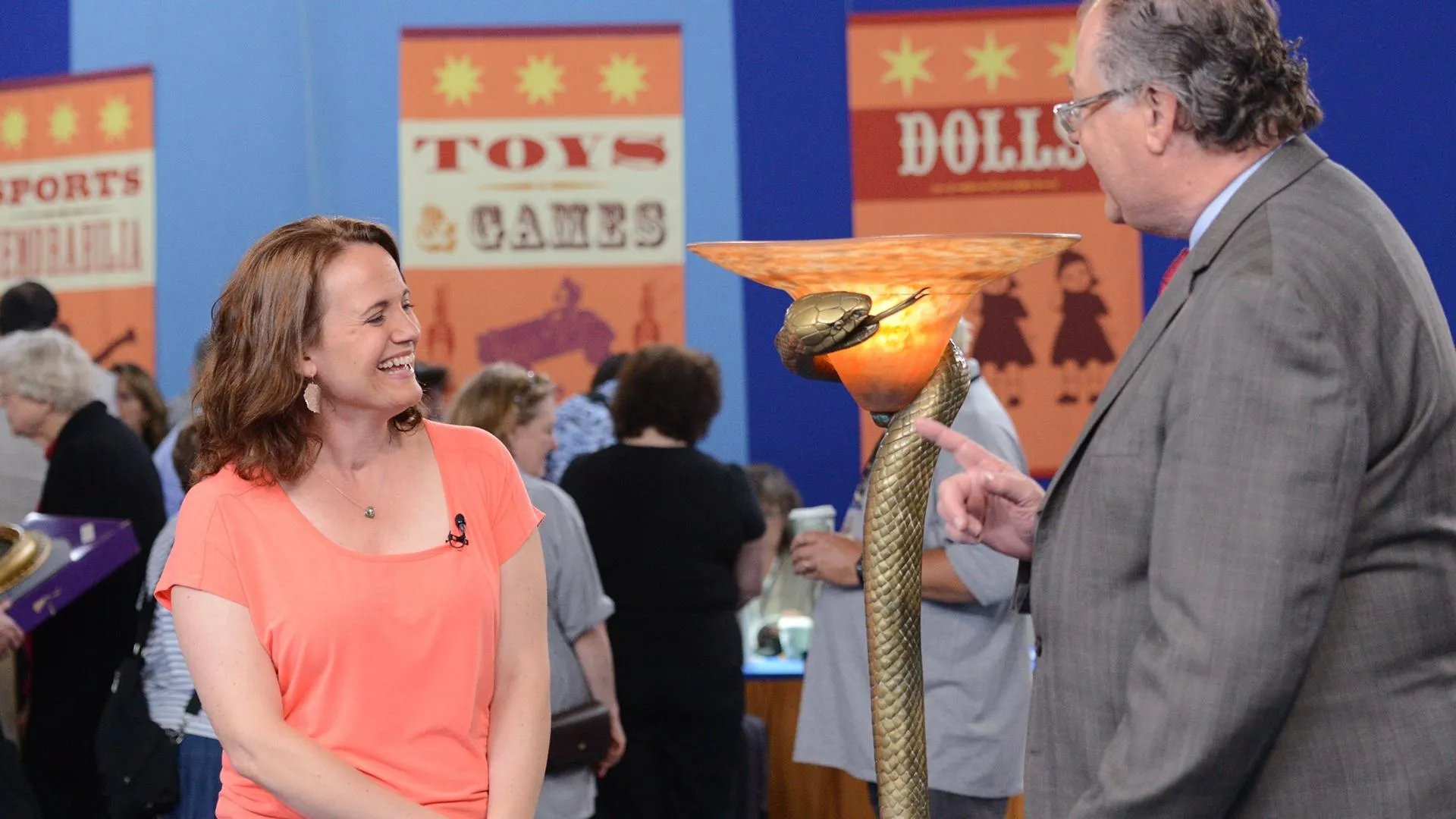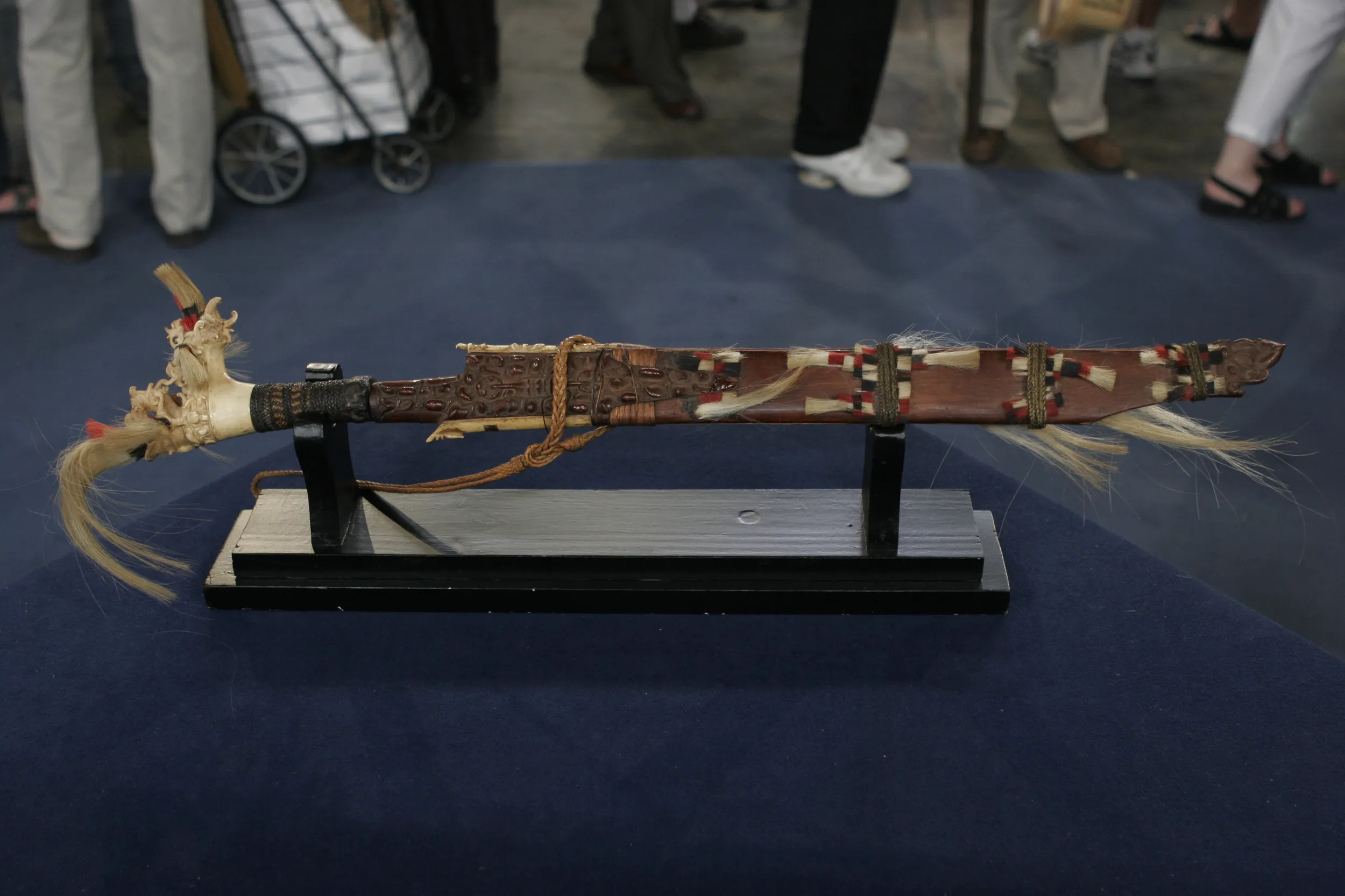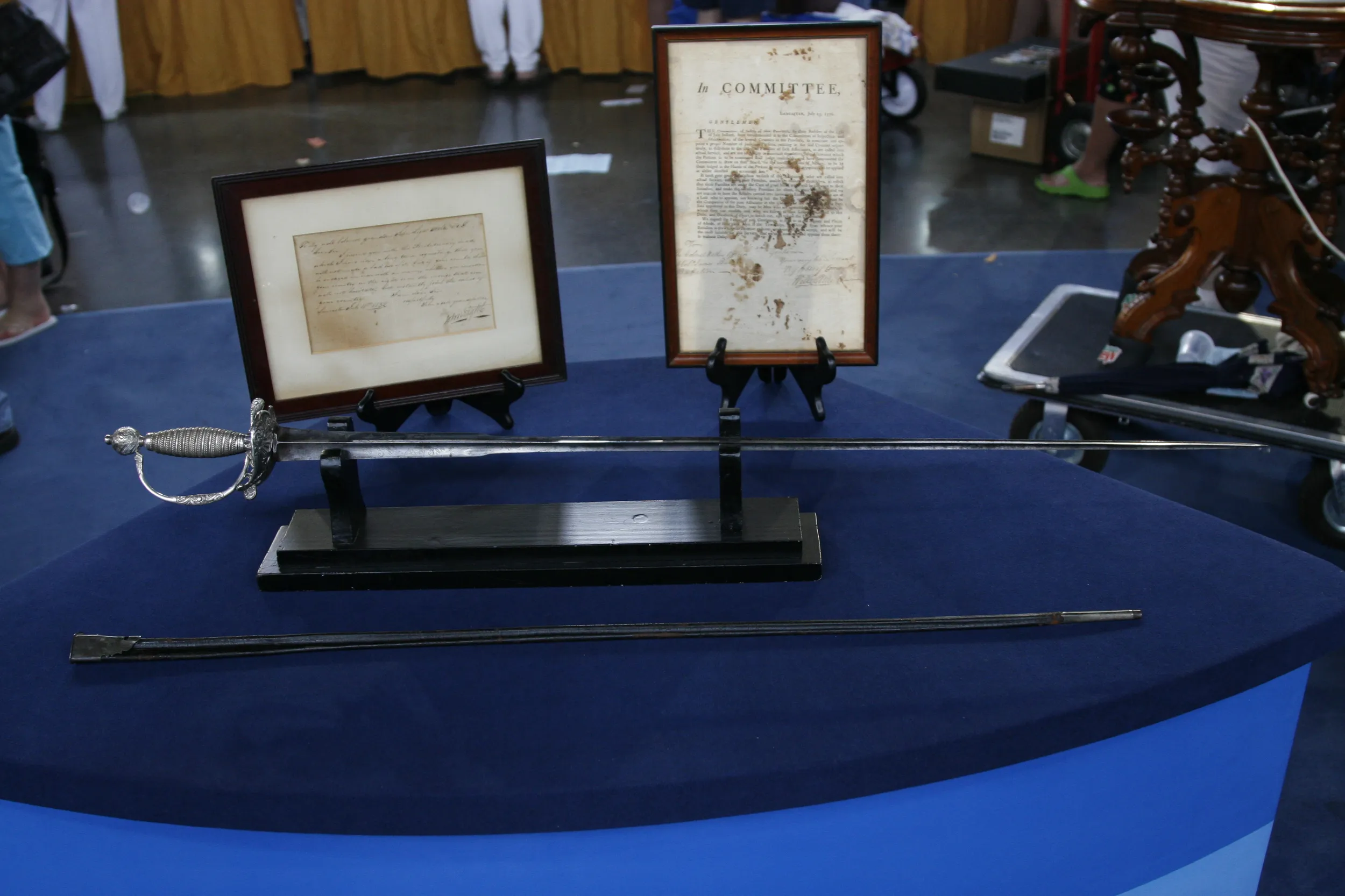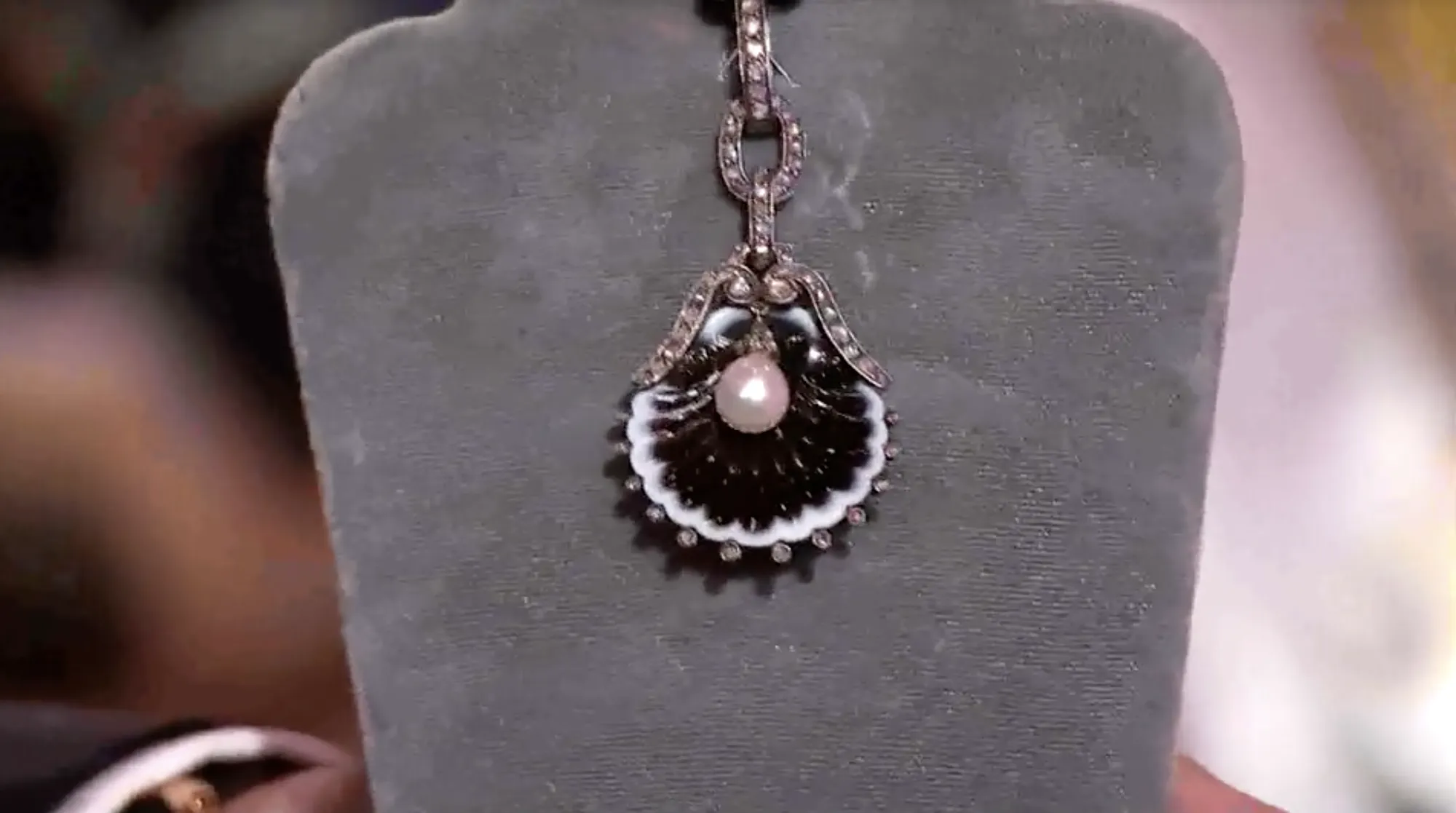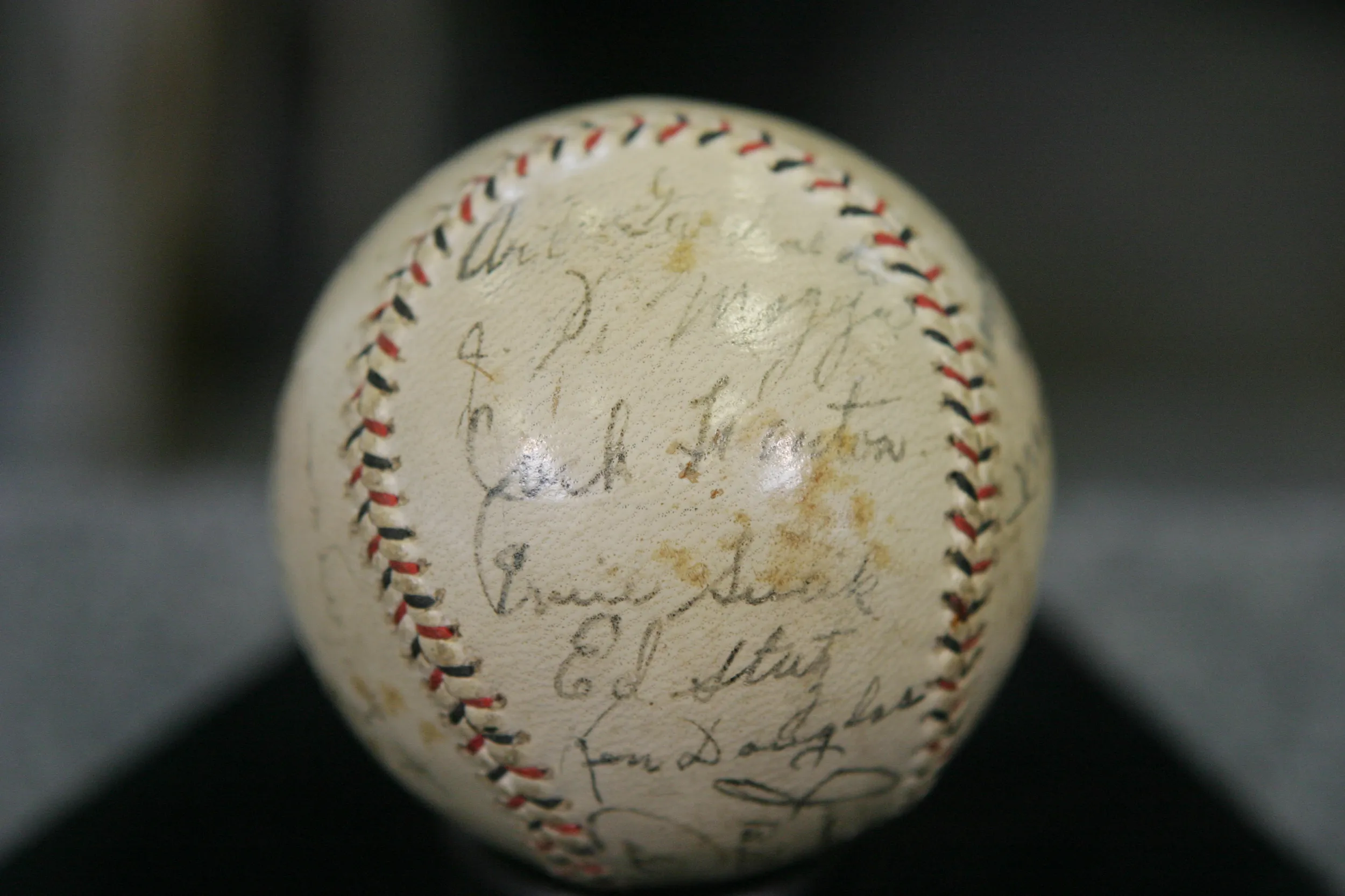GUEST: I brought in a Myrick's tooth, a scrimshawed piece that was in the family since early in the 1900s. The story that I was told by my dad was that in 1920, my great-grandfather received this from a hobo that he'd helped out. The story goes that this piece was used by the three boys to dig holes in the backyard for a period of time.
APPRAISER: That would have been when, in the '20s?
GUEST: About '28, '29, in that period.
APPRAISER: So it's had quite a history in the family. It's a picture of the ship Francis. And you mention that it's a Myrick tooth, and Myrick was one of the first people to sign his scrimshaw.
GUEST: Oh, okay.
APPRAISER: So it was early, and because of that, we were able to track a body of work. Mm-hmm. And I'm going to rotate it and show the signature, and it says over here, "By Fred Myrick." Myrick was born in 1808, and he's quite famous-- famous as a seaman, and famous for his work on the ship Susan.
GUEST: Okay, we'd heard quite a bit about the Susan's tooths.
APPRAISER: Yes, and there's a body of work of Susan teeth, probably 20 to 25 pieces that are known. So we can track him, we can track his work, his progress as an artist, and this one for the ship Francis, because the Francis was commissioned in 1828. It eventually sunk in 1854. So we feel that he probably served on the Francis after the Susan.
GUEST: Mm-hmm.
APPRAISER: And as we can see, the work is exquisite. It really is beautiful. And I'm going to rotate it here and show the other side, which has another depiction of the Francis, beautifully done. There's some red staining there. What was that from?
GUEST: Yeah, the red staining, we believe... It sat in my grandmother's house for years on a red velvet, and that was the only thing we could figure stained it.
APPRAISER: That could be cleaned very easily. So the tooth is a sperm whale tooth, and it falls under the Marine Mammal Protection Law.
GUEST: As I understand.
APPRAISER: And in order to transact business with this tooth, you have to prove two things: number one, that it's at least 100 years old, which we know it is. We know it's close to 200 years old. And we have to know where it's been since the law was passed in 1972.
GUEST: Okay.
APPRAISER: Because you know it's been in your family possession since the '20s, at least, we pass on that aspect as well.
GUEST: Oh, excellent.
APPRAISER: Today, we're going to give it an insurance valuation of $150,000 to $200,000.
GUEST: That's extraordinary, for something that four boys used to dig in the ground.
APPRAISER: Will this stay in the family?
GUEST: Oh, most definitely. It's just part of the family and the story of it and how it came to us. It's definitely a family treasure.

